MacBrien rescued in south Pacific
Published on February 16th, 2024
by Marco Nannini, Global Solo Challenge
(February 16, 2024) – It was on February 14th at 02:50 UTC when disaster struck on board the Class40 Phoenix in the Global Solo Challenge. Canadian skipper William MacBrien had activated his Emergency Position Locator Beacon (EPIRB). He was in distress.
He was over 1300 nautical miles west of Cape Horn, over 3000 miles from New Zealand, 1600 miles south of the tiny remote Island of Mataroa with a population of just 90 people. MacBrien had sailed past Point Nemo just a few days before, the most remote point from any emerging land on our planet.
He was closer to Antarctica than to South America where he was headed in his quest to circumnavigate the globe solo, non-stop by the three great capes in the Global Solo Challenge.
The Canadian skipper had handled the navigation very well to that point, with a conservative approach to his sailing that had allowed him to preserve the boat in very good conditions, reporting no technical issues worthy of mention. In our last exchange of messages on February 11, he was in good spirits as we chatted via WhatsApp. He jokingly complained that he wished he could run the heater more often due to the pungent cold as water temperatures had plunged to 7° Celsius, but his biggest concern was his diminishing reserves of cigarettes!
He was sailing on a boat that I know very well as it is a sistership to the boat I sailed around the world in 2011-12, Phoenix, aka Sec. Hayai, and was an impeccably prepared Akilaria RC1 Class40 with a very good pedigree and which had been sailed around the world in 2008 by none less than Boris Herrmann and also in the 2021 Globe40 by the current owner.
The boat underwent a very meticulous and complete refit in the course of 2023 with no stones left unturned. The work even included the replacement of the keel to ensure the boat was in top condition for the Global Solo Challenge. When MacBrien arrived in A Coruna, the boat stood out for the impeccable preparation and attention to details and safety, sporting a blindingly bright mainsail top and deck which are required to increase visibility in a search and rescue situation.
But now, we still don’t know what happened.
MacBrien activated an EPIRB indicating he was in distress, the signal via satellite is relayed to the Coast Guard of the country of the boat’s flag, in this case the Dutch Coast Guard. The initial response is to verify if the distress is not accidental.
As soon as it was confirmed with the owner of the boat that William was indeed at sea taking part in the Global Solo Challenge, the Dutch Coast Guard immediately contacted the Search and Rescue center responsible for the waters where the distress signal originated. In this case, it was MRCC Chile in general and MRCC Punta Arenas in particular.
I was also notified and immediately got in contact with MRCC Chile. As organizers, we hold a dossier for every participant to facilitate the exchange of information to ensure no precious time is lost in an emergency situation.
Within minutes, MRCC had all relevant information on the boat the skipper as well as identification photos, a detailed description of the boat details, construction, watertight compartments, reserve flotation and most importantly contact details for the skipper, his email and WhatsApp which he used with Starlink, as well as his emergency handheld satellite phone numbers.
Both myself and MRCC Chile tried to reach the skipper on one of his contacts but there was no response. There was a slim possibility that the EPIRB had self activated, the model of the beacon on board, which I had detailed in the dossier, can be activated manually or when in contact with water.
It can sometimes happen that an EPIRB falls off his bracket into a wet bilge and goes off unnoticed; it would really not be the first time, and even the extreme humidity and saline air at those latitudes could potentially accumulate and cause the EPIRB to be triggered.
Whilst an accidental activation was our number one hope, we simply could not dismiss something more serious had happened. It was convened therefore with MRCC Chile that there was no other option other than to treat the distress call as a request for immediate assistance. The word immediate is, however, highly inappropriate in these circumstances.
Out of reach of helicopters, rescue can only come from another competitor or a commercial vessel. As we looked at the picture of shipping via satellite AIS, the closest ship was over 400 miles away. The alternative was the trimaran Actual taking part in the Arkea Ultim which was 1300 miles away but sailing at 30 knots.
Whilst MRCC Chile initiated the procedures and coordination of the rescue by the cargo ship closest to MacBrien, I tried to obtain any additional information that could be useful in the operation. It had been many hours since the distress signal had been sent and we had been unable to confirm with MacBrien if he was okay and the nature of the distress, or even if it had been an accidental water activation.
I immediately asked the provider of the event trackers, Yellow Brick, to increase the frequency of the position updates to half an hour, as opposed to the usual 4 hours, as this may have helped to shed further light on the situation.
I had the delicate task to contact MacBrien’s partner, knowing it was night in Canada and that’s just the type of call you never want to receive. I tried to be as factual as possible as at that stage we really had so many possible scenarios to consider.
Unfortunately, his partner confirmed she too had not heard from him recently; in fact not since he had last used Starlink on February 11, as in that area it is often slow to connect but also the weather was easy and stable so probably not requiring frequent updates.
As for the weather, it created more confusion than anything else. During the night, MacBrien had sailed through a small ridge of light airs which was bringing a rotation in the wind. His boat was sailing slow but had not stopped dead in its tracks. The speed had decreased progressively in the light airs and only became suspiciously slow during the night, 3 knots, then 2.5, then 2.2.
It was still possible that he was through a very light patch, that the wind change had brought a cross swell and that his sails had started to flog so annoyingly that he had decided to take them down to wait for new wind to fill and was just sleeping.
Sometimes the noise of flogging sails in a swell is just unbearable and it is not all that uncommon to occasionally decide to just patiently wait. After all, his goal was not to win, but to complete his circumnavigation and a few hours lost would have not made any difference to him.
Ari Kansakoski then gave me a call. Who better than him could help me analyze the drift of the boat and understand if it could be a case of dismasting. We both agreed that the boat was too fast to have dismasted. Kansakoski confirmed he would have expected a speed of 1 to 1.5 knots with no mast in those conditions. Additionally, the course in relation to the wind was somewhat difficult to understand as the boat was slow but seemed to be still proceeding at 90 degrees to the wind, reaching south.
All the meanwhile, I had requested connection logs for his Starlink terminal and call and sms logs for his Iridium phones, in hopes of shedding some light as to why he had not made contact with anyone and was unreachable.
Eight hours had already passed since he activated the distress signal and effectively all we knew is that the boat had not foundered as we were receiving the up to date reports of his tracker position. This was only partial consolation as the boat is technically insubmersible and it could be half sunk and drifting with the tracker on. We were desperate to confirm that MacBrien was in fact still on the boat and well.
Iridium confirmed his two phones were off, in fact the phones had not been on at any time recently. This was not good news. Too many questions were unanswered but most of all, why was he able to trigger the distress call but not make contact with shore? Why was the boat moving, though very slowly? Dismasting and the temporary lull in the wind were by now struck off the list of possibilities.
You can easily imagine what we were all thinking. No one was ready to say it aloud but we knew MacBrien, after sending the distress call, could have fallen overboard, perhaps on deck lowering sails, having lost his balance and having left the boat adrift with a tiny speck of sail. I refused to accept this as the only possibility.
MRCC called repeatedly to ask if we had had any contacts or if we had any additional information. The cargo vessel Watatsumi that we had identified in the morning had been pre-altered and notified of the situation, the ship was sailing almost exactly towards MacBrien’s position so it was not initially requested to alter course. We all desperately tried to establish contact and confirm that he was indeed on the boat and needing help or even that the EPIRB had activated accidentally, although as time passed this seemed to be just wishful thinking.
Perhaps MacBrien had abandoned the boat…was he in his liferaft? I was on the phone with MRCC Chile trying to figure out if the boat tracker and EPIRB were transmitting the same position. I admit I was feeling a little overwhelmed at that point, just trying to find any explanation that would put MacBrien in a safe place, if not on the boat perhaps on his liferaft.
At that very moment, his partner called to convey how she had just spoken to him who had called from one of his satphones! It was 14:30 UTC, around 12 hours after he had sent his distress call.
What a rush of adrenaline, what a relief. What happened? How is he? What’s the situation? Why didn’t he call earlier? Too many questions.
He had said he’d woken to the noise of sloshing water and had rushed to try and deal with the water intake. Time must have just passed so quickly in those frenetic moments that he had not had the thought or time to call. He confirmed he needed to be rescued.
At this point, the cargo altered course to be on the most direct route and the countdown began to how long it would take for it to reach MacBrien. Watatsumi was still nearly 300 miles away and it would require approximately 30 hours at 10 knots boat speed.
Hi partner in the following hours received just a few more brief text messages and a call around 23:30 UTC, confirming he was okay, that he had donned his Thermal Protection Suit and was no longer feeling cold, and that he could wait 24 hours for the rescue.
The following morning on February 15, Watatsumi was still 150 nm away and we had not had any further updates. Initially the lack of further messages seemed comforting as it meant nothing had changed and we just had to wait. MRCC inquired about his state of health and I imagined we’d hear from him at any moment, perhaps through his partner as soon as it was day break in Canada. But he never texted or called, both his satellite phones were off and as time passed, I started to feel more and more uncomfortable.
It was getting dark in Europe and we had not heard from MacBrien in 16 hours. The ship was still 70 nm away. Why were his phones off? Why did he not contact us again to say he was still okay? Perhaps his phones had gotten wet.
At around 18:00 UTC, MRCC Chile called me again as they had received a further distress signal, this time from a PLB, a personal EPIRB. We checked the hex code and it was indeed MacBrien. What did it mean? After 18 hours of no contact and given the circumstances, we had to take it as good news; he was still there and waiting.
The tracker update frequency on the boat was progressively increased. From 30 to 15 minutes when the ship was 50 nm away, and when Watatsumi was 10 nm away, we triggered the unit to report position every 5 minutes.
At 22:42 UTC we received a first email from MRCC Chile and MRCC Punta Arenas coordinating the operation. The Ship was alongside the distressed sailing vessel. The ship’s captain had established VHF contact with MacBrien.
At 23:36 UTC, the second email very briefly confirmed MacBrien had been rescued and the ship Watasumi had resumed their course.
When this morning I received the photos of the rescue I felt very emotional, a mixture of relief and heartbreak. I was finally seeing with my own eyes what the situation had really been like for MacBrien. He had spent 46 hours adrift in a semi submerged boat. He had spent a whole night inches from a freezing desolate ocean in one of the remotest places on earth, with all communication gone and just the hope that the rescue will indeed occur.
I don’t think any of us, unless they lived through a similar ordeal, can even come close to imagining what it must have been like for him. I am so relieved to see he is okay and I am left wondering how much longer he could have stayed in those conditions. I am glad this last question will remain unanswered forever.
I am sure we will learn soon from MacBrien what happened and all the circumstances. The immediate thought looking at the pictures is that he suffered a collision with some unidentified floating object, but there could be other reasons and only MacBrien will be able to tell us. For the time being, I think we’ll let him warm up and process what happened and recover from the fright and shock. He did so incredibly well to survive such an ordeal.
We wish to express our deepest and sincerest gratitude for the patient and professional assistance provided by the SAR centers MRCC Punta Arenas and MRCC Chile for coordinating the rescue, as well as to Capt. WFG Garcia Jr., Master of Watatsumi and crew. We extend our thanks to the Race Management of the Arkea Ultim who offered technical support and were on standby in case the assistance of the Ultim Actual became necessary.
Race details – Entry list – Start times – Tracking
Attrition List:
DNS: Peter Bourke – Class40, Imagine
DNS: Ivan Dimov – Endur37, Blue Ibis
DNS: Curt Morlock – IMOCA, 6 Lazy K
DNS: Volkan Kaan Yemlihaoğlu – Open 70, Black Betty
RTD: Juan Merediz – Class40, Sorolla
RTD: Dafydd Hughes – S&S 34, Bendigedig
RTD: Ari Känsäkoski – Class40, ZEROchallenge
RTD: Ronnie Simpson – Open 50, Shipyard Brewing
RTD: Édouard De Keyser – Solaire 34, SolarWind
RTD: Pavlin Nadvorni – Farr 45, Espresso Martini
RTD: William MacBrien – Class40, Phoenix
The inaugural Global Solo Challenge 2023-24 seeks to be a budget-friendly solo, non-stop race around the world. Using a pursuit format for the 2023-24 race, 20 entrants from 34 to 70 feet have start times between August 26 to January 6 from A Coruña, Spain, with the first boat to return deemed the winner.
Source: GSC


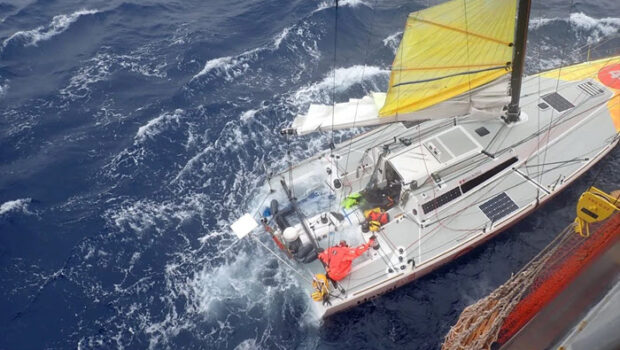

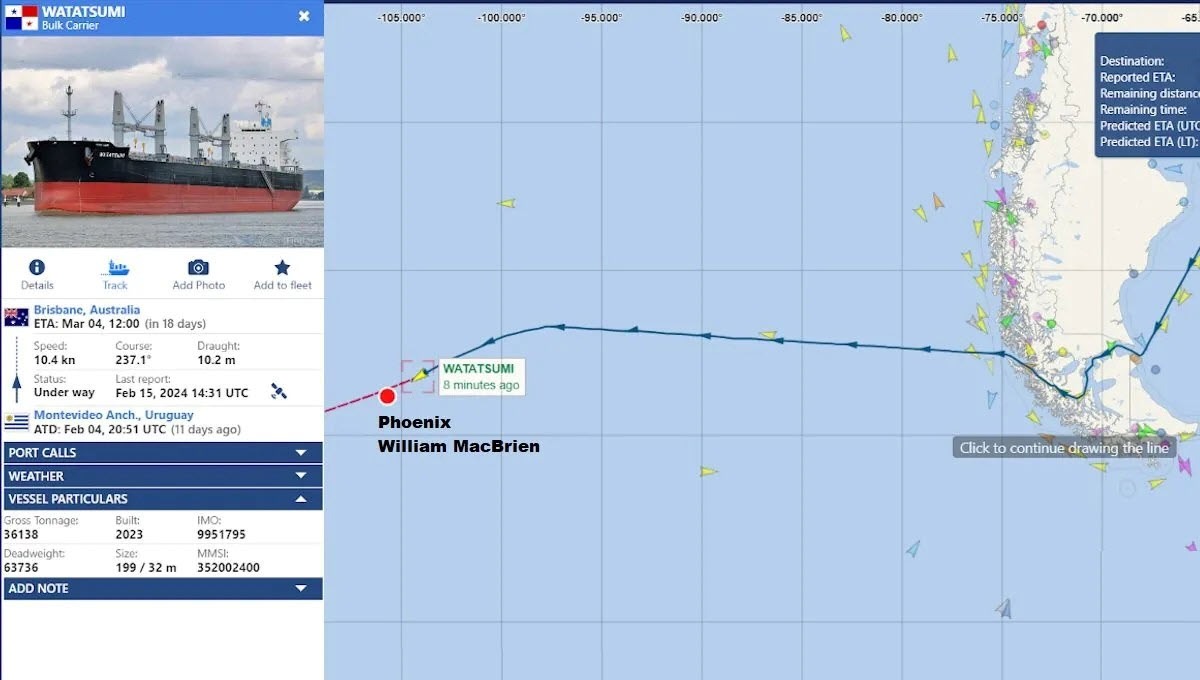
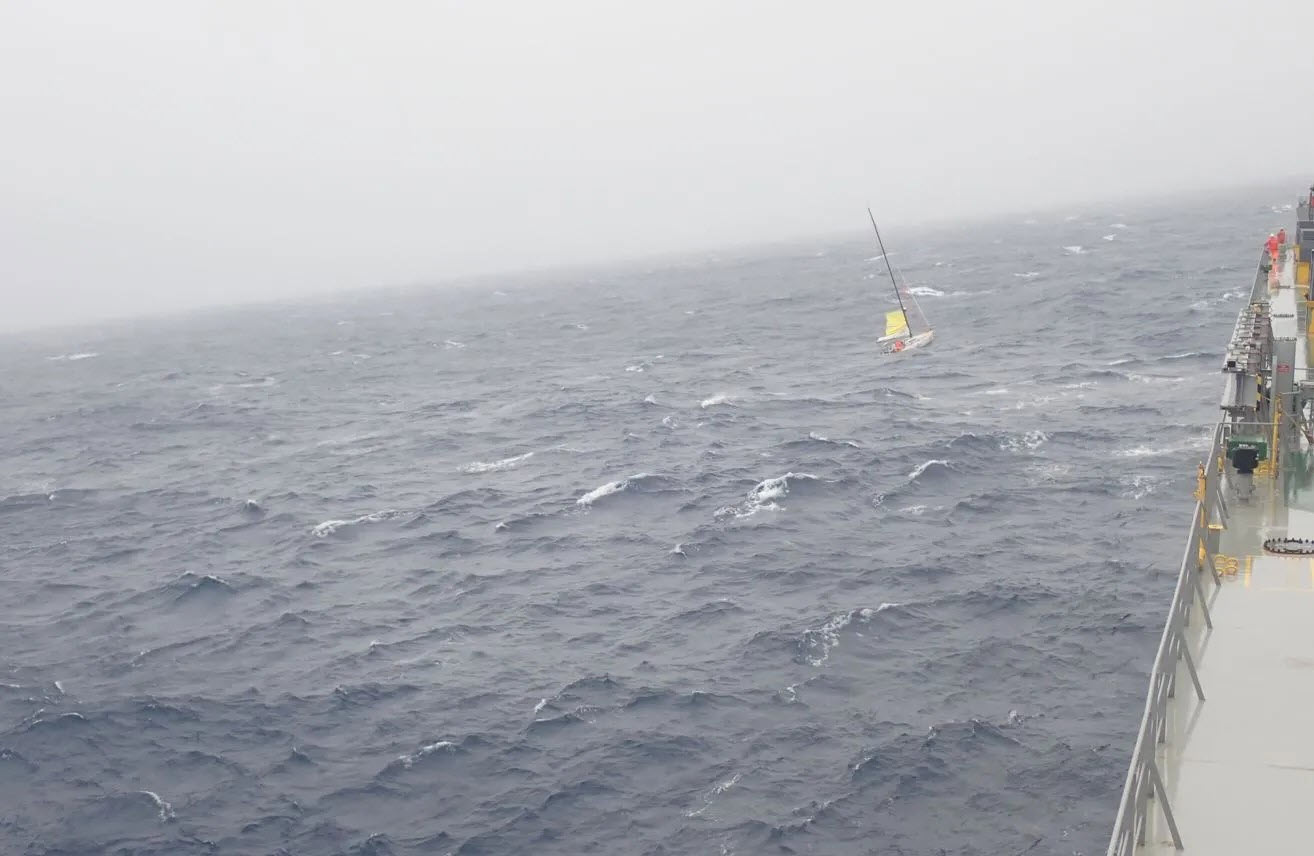


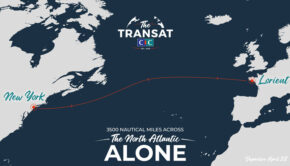
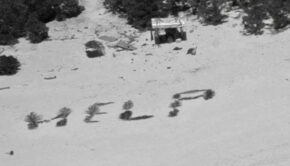
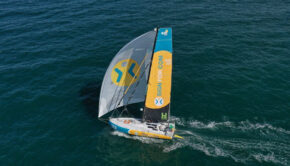
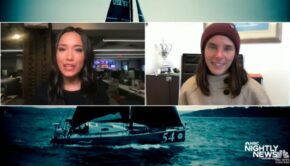
 We’ll keep your information safe.
We’ll keep your information safe.